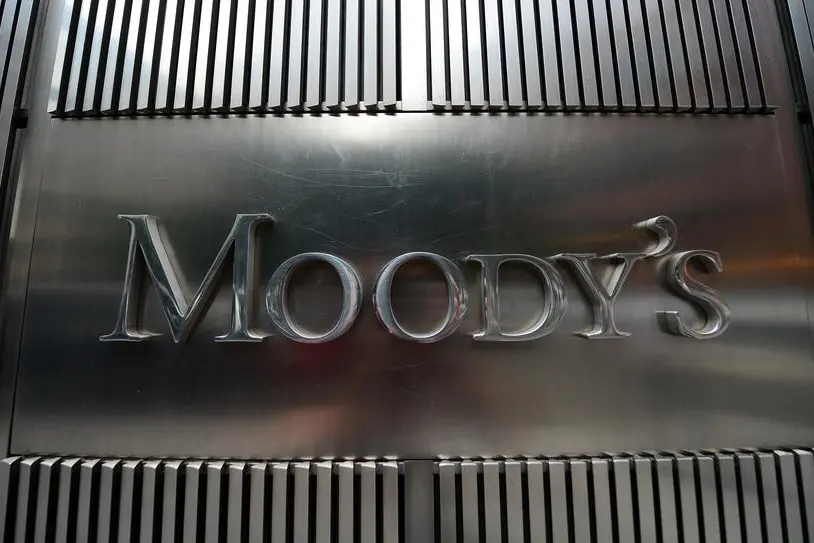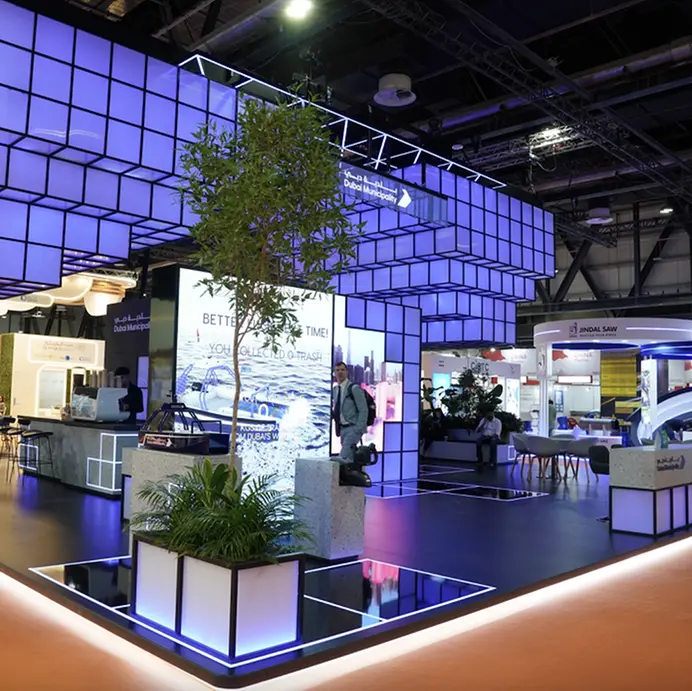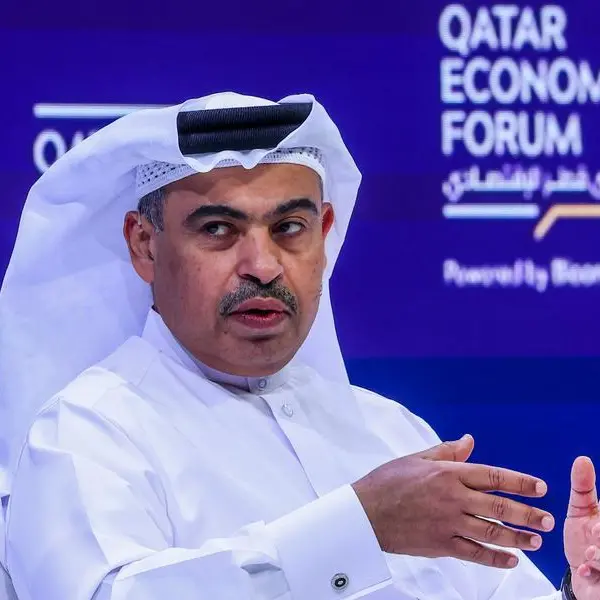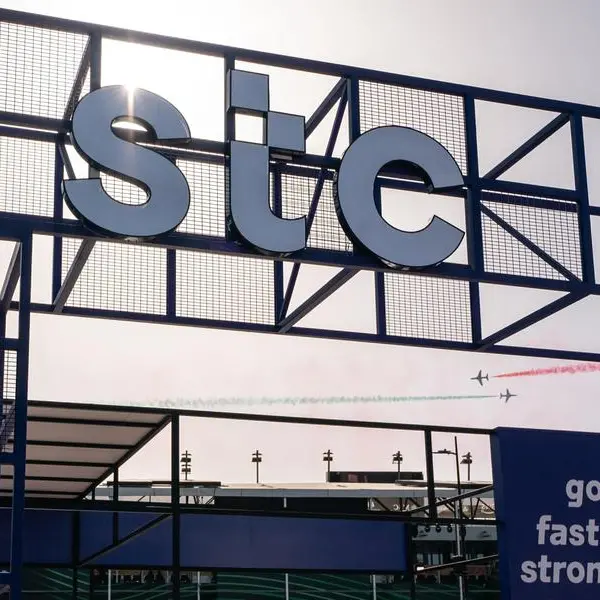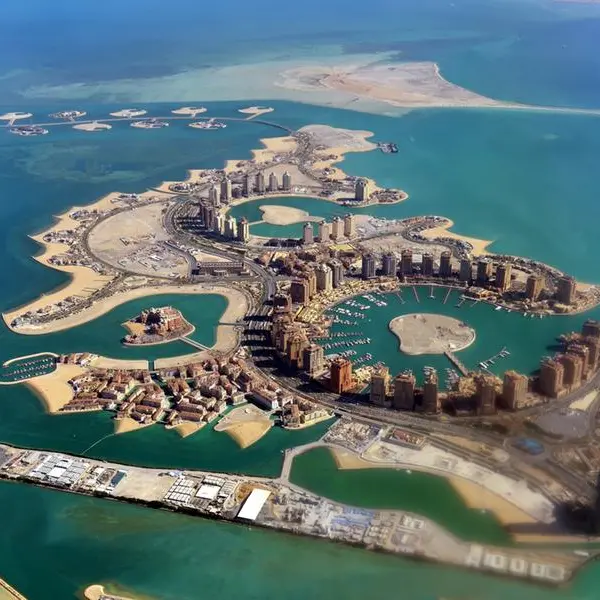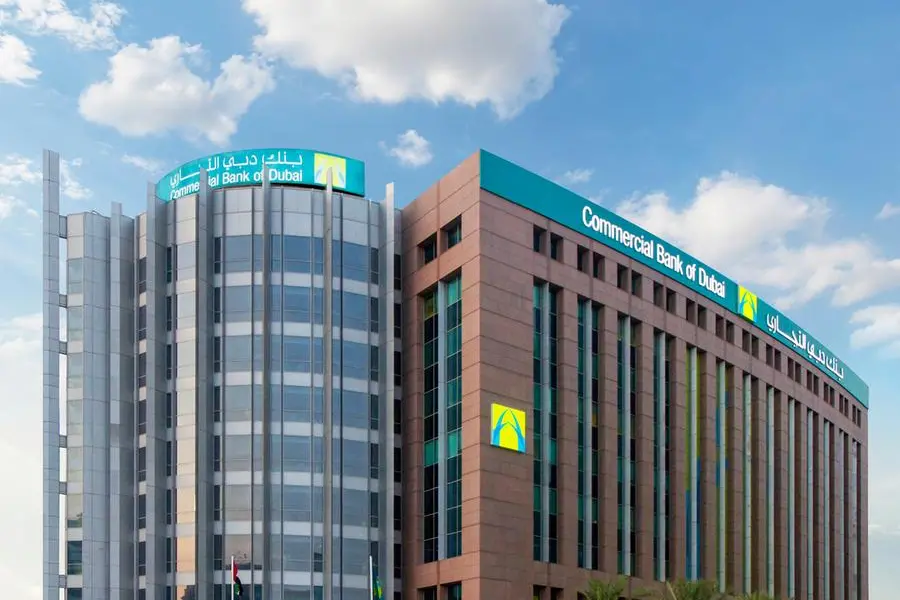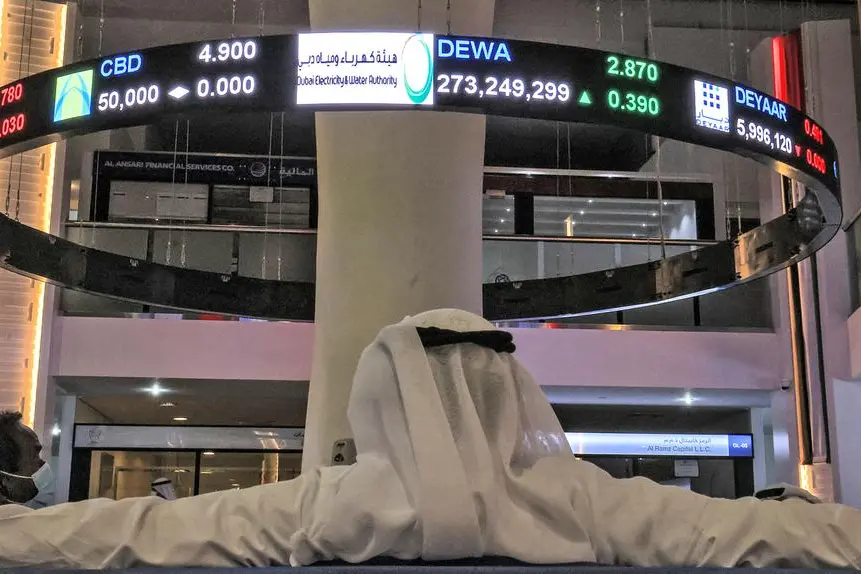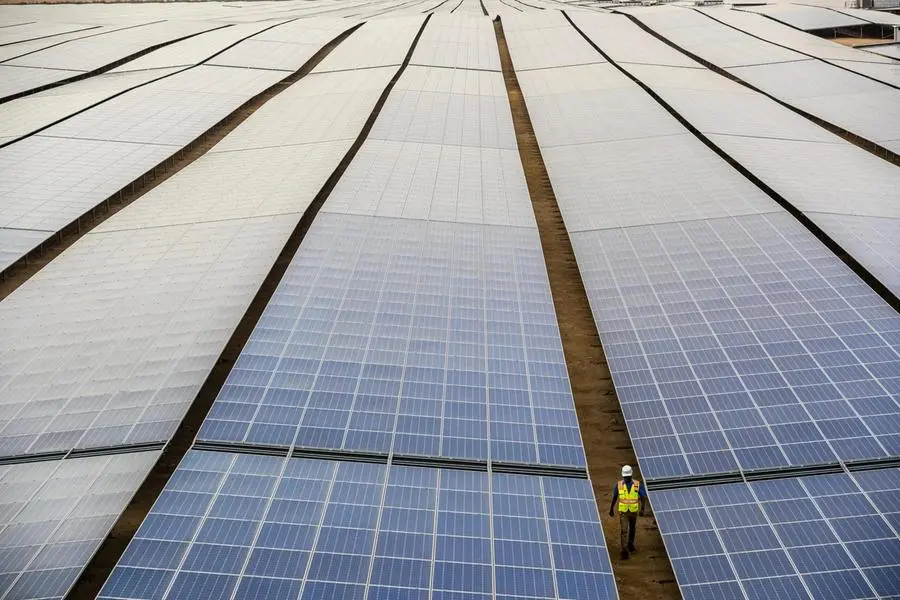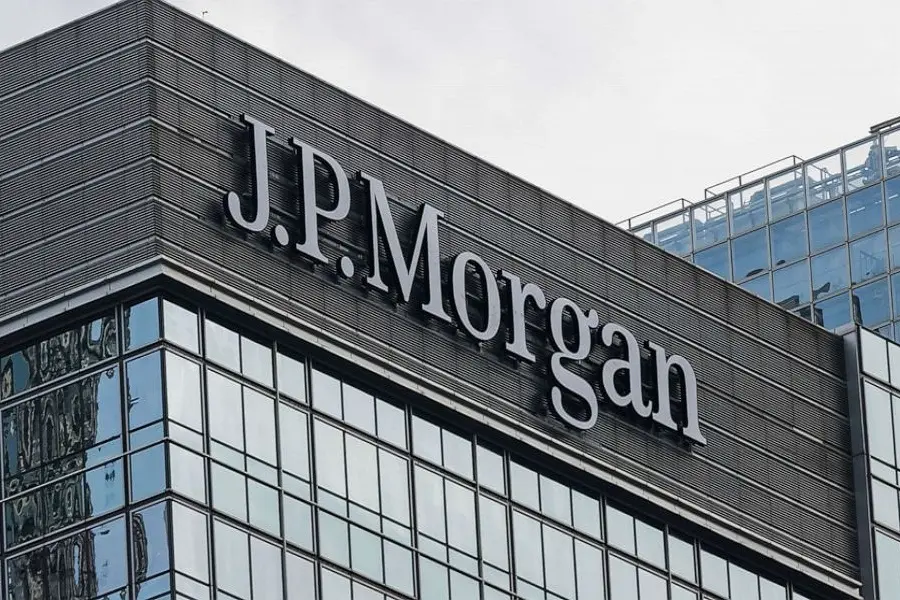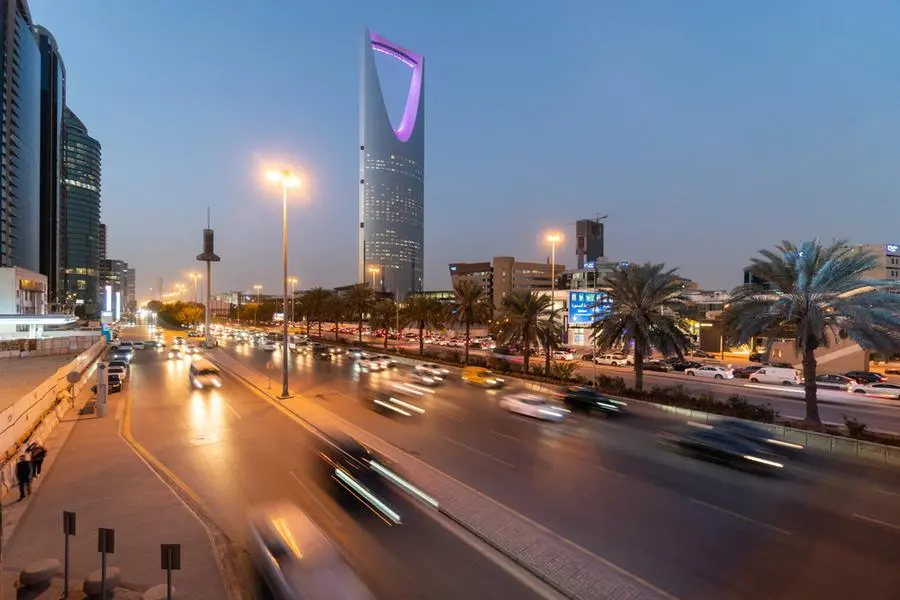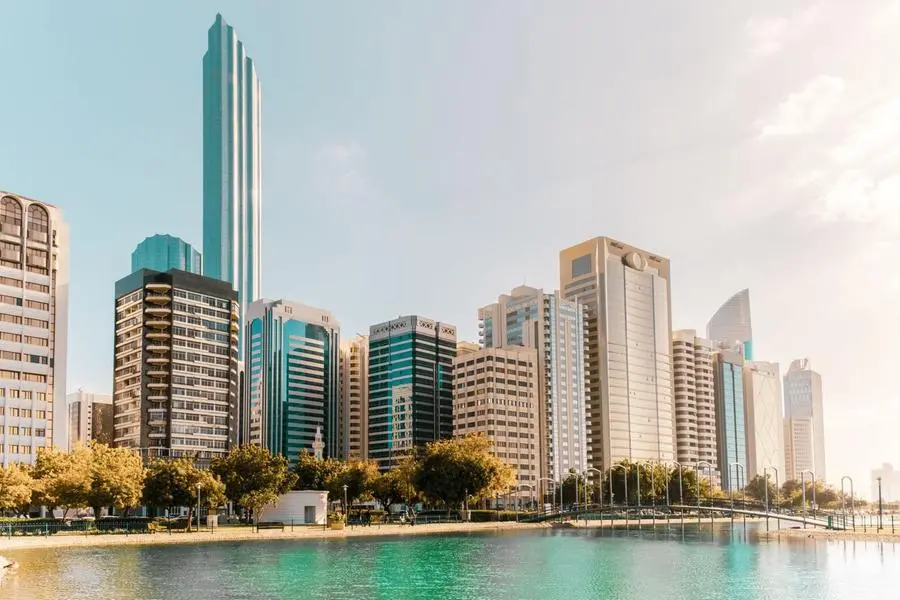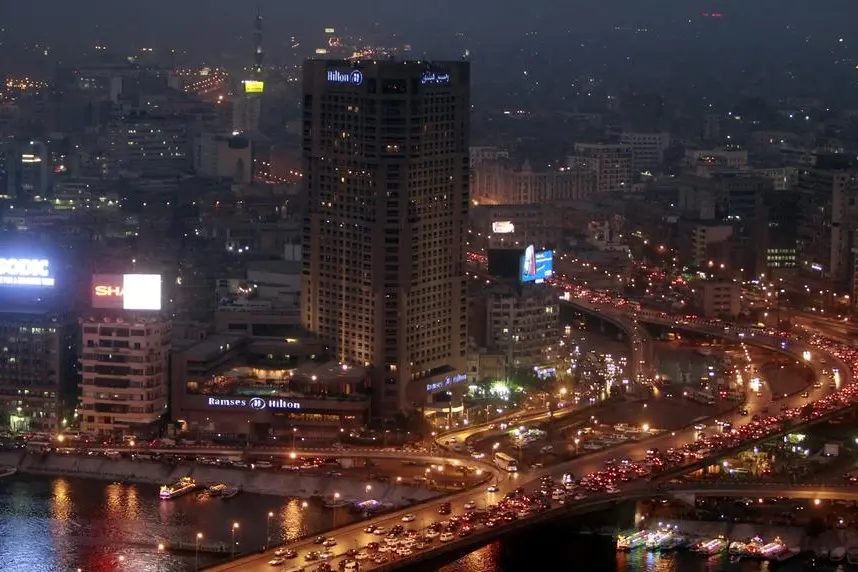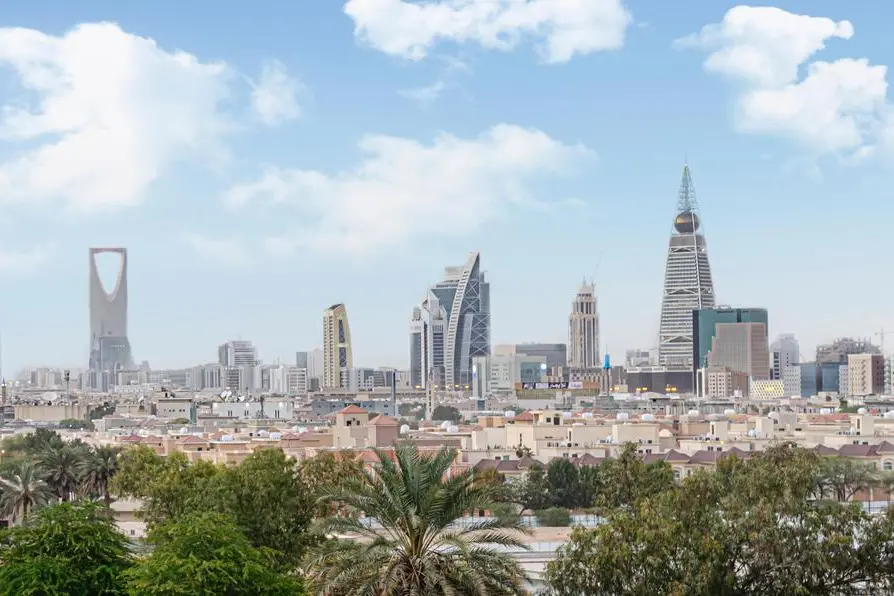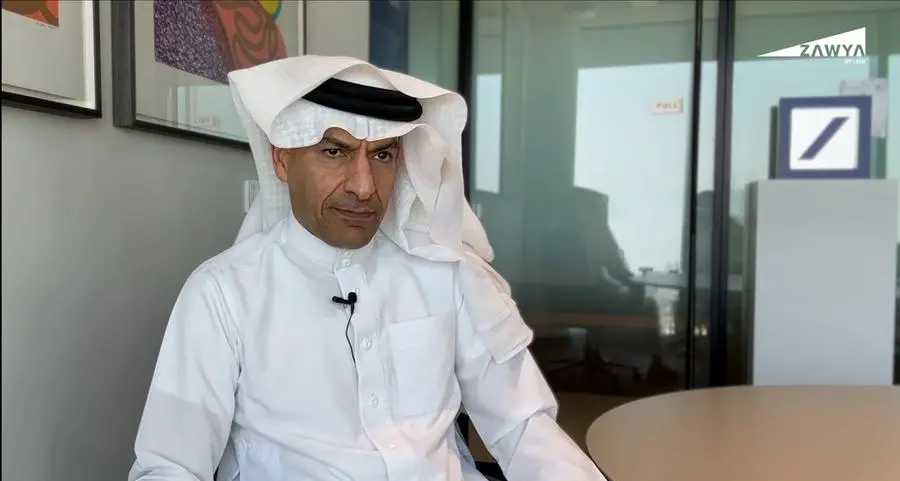PHOTO
Moody’s has maintained a stable outlook for Bahraini banks reflecting continued growth in the non-oil economy and supportive operating conditions.
The ratings agency issued banking outlooks across the Gulf Co-operation Council (GCC) region yesterday raising the outlook on the UAE’s banking system to positive from stable, keeping the Saudi Arabia’s banking system outlook positive and the outlooks for banking systems in Bahrain, Kuwait, Oman and Qatar remaining stable.
On Bahrain, Moody’s said the outlook also takes into account the banks’ ample funding, liquidity and capital, and the expectation that sustained economic expansion, with non-oil economic growth expected to grow at 3.2 per cent (stable from 2023), will help return their profitability to pre-pandemic levels over the next 12 to 18 months.
These supportive factors are counterbalanced by high asset risk concentrations, notably to the sovereign.
“Our banking outlooks across the Gulf Co-operation Council region reflect continued growth in the non-oil economy and supportive operating conditions,” said Nitish Bhojnagarwala, senior vice-president/manager at Moody’s.
“We also take into account considerations such as banks’ capital and liquidity buffers, and the probability of government support in cases of need.”
Providing context and rationale for the outlook on the island nation, the ratings agency said Bahrain’s non-oil economy, the main source of bank lending, is expected to hold steady at 3.2pc growth. Supportive government spending will see continued infrastructure projects funded by the GCC creating business opportunities.
The kingdom boasts strong bank fundamentals with ample capital, liquidity, and provisioning buffers providing a cushion against potential losses.
Also, banks’ profits are expected to return to pre-pandemic levels in 12-18 months due to rising interest rates and lower provisioning needs.
Loan performance will be broadly unchanged. Non-performing loans (NPLs) increased slightly to 3.6pc of total loans as of September 2023 (3.4pc in 2022), reflecting the lagged impact of banks’ withdrawal of forbearance measures in June 2022.
The retail sector, which accounted for 51pc of onshore banks’ loans as of September 2023, may face some pressure over the outlook period as higher interest rates erode borrowers’ repayment capacity.
However, the government remains the country’s primary employer, which will keep jobless levels low, supporting asset quality. Lending growth of 4pc in the nine months to September 2023 partly reflected investment by government related entities (5.4pc of retail onshore banks’ loans).
A surge of activity in the tourism sector (1.4pc) and strong momentum in manufacturing (11.5pc) and mining (1.7pc) also contributed.
On the flip side, Moody’s said potential negatives include high sovereign exposure, potential loan defaults, loan concentration and funding dependence.
Banks hold a significant amount of Bahraini government debt, linking their health to the government’s (rated B2). Rising interest rates could pressure borrowers, particularly in the retail sector and high loan concentration to single borrowers and sectors creates risk.
Reliance on government deposits and single depositors makes banks vulnerable to policy shifts, the ratings agency added.
While the Bahraini banking sector faces risks, the positives outweigh them for now. Moody’s expects stable profitability and core capital levels.
Copyright 2022 Al Hilal Publishing and Marketing Group Provided by SyndiGate Media Inc. (Syndigate.info).
